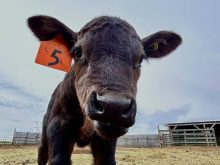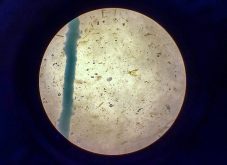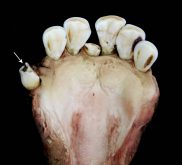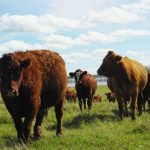It’s lambing, kidding and calving season, and those of us who work around sheep, goats and cattle are at an increased risk of exposure to infectious diseases.
One of those diseases goes by the strange name of Q-fever.
It got the name because a definitive cause could not be established when the disease was first discovered in Australia. As a result, it was named Q for Query.
Q-fever is a zoonotic disease, which means it can be spread from animals to humans. It is found worldwide and is caused by a bacterium known as Coxiella burnetti.
Read Also
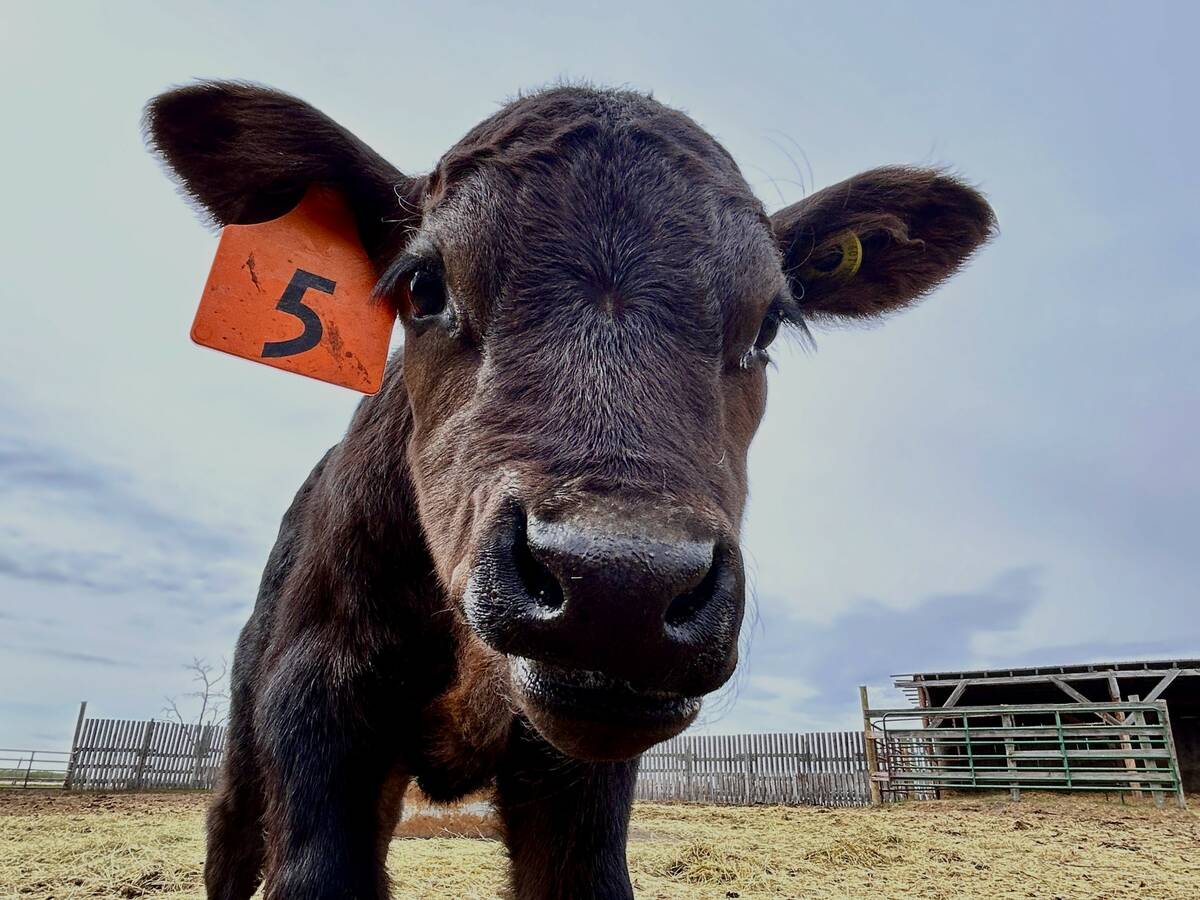
Calf hormone implants can give environmental, financial wins
Hormone implants can lead to bigger calves — reducing greenhouse gas intensity, land use intensity and giving the beef farmer more profit, Manitoba-based model suggests.
Cattle, sheep and goats are the primar y reservoirs of the bacteria, although other species such as domestic cats can also be a source.
The organism is also spread among wildlife populations via ticks and other insects.
Most animals do not show significant clinical signs when infected, with the exception of goats and sheep. Cattle may show evidence of reduced fertility, but the primary sign of infection in small ruminants is abortions.
The organism that causes Q-fever tends to reside in the udder and placenta of infected animals and is excreted in milk, placental tissue, fetal fluids, urine and feces.
It is resistant to heat, drying and disinfectants and can survive for weeks or months in the environment.
The greatest risk of transmission to other animals and to people occurs at lambing and kidding time.
The organism can be inhaled, ingested or spread by direct contact with birth fluids and placenta. Drinking unpasteurized milk from infected ruminants can also cause the disease.
Q-fever has a highly variable presentation in humans, but most commonly shows up as a mild flu-like illness. However, a smaller proportion of cases can be affected with a severe pneumonia, hepatitis or endocarditis.
Human Q-fever is primarily an occupational disease of farmers, veterinarians, abattoir workers and laboratory workers who work with sheep. Pregnant women and immunocompromised individuals need to be especially careful.
Several large-scale outbreaks in humans have occurred around the world, most recently in the Netherlands. More than 3,500 cases were reported in that country from 2007-10. It appears that dry weather, wind-borne spread of the infection and proximity to high populations of susceptible people may have contributed to the outbreak.
Commercial vaccines aren’t available in North America, although human and animal vaccines have been used in other parts of the world.
Antibiotics such as long acting tetracyclines can control the infection in sheep and goats.
There are many causes of abortion in sheep and goats, and Q-fever is certainly not the most common one.
However, a recent case of Q-fever abortion was diagnosed at our Saskatchewan diagnostic laboratory in a goat, and there is ample evidence that a significant proportion of cattle, sheep and goats in North America have been exposed to the organism. It is important to recognize that many of the other causes of abortion in sheep and goats are also zoonotic.
Diseases such as chlamydial abortion, campylobacter, leptospirosis, toxoplasma and salmonella can all cause infections in people and are common causes of abortion in sheep and goats.
Aborting animals should be isolated for three weeks, and placental tis-s ue and contaminated bedding should be removed and destroyed by burning or composting.
The lambing or kidding pen should be thoroughly cleaned and disinfected using a 1:100 Lysol solution.
The primary way to prevent human infections is to wear protective clothing when assisting lambing or aborting ewes and does. Disposable gloves should be worn, and pregnant women or immunocompromised individuals should not assist in the birthing process of small ruminants.
John Campbell is head of Large Animal Clinical Sciences at the University of Saskatchewan’s Western College of Veterinary Medicine.




